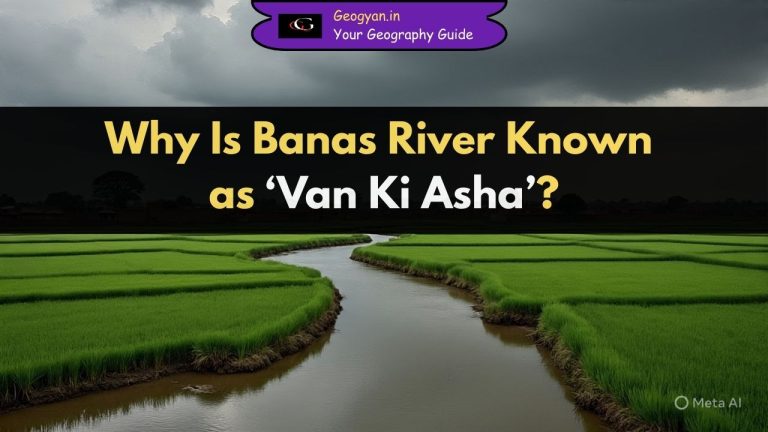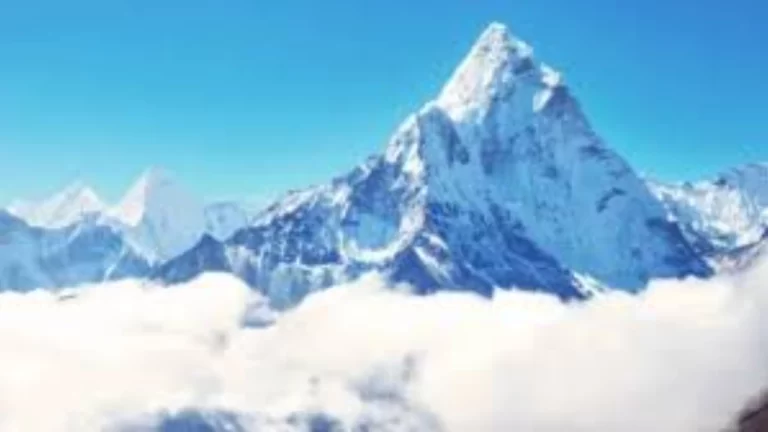Some of the largest and most breathtaking waterfalls in the world exist inside the United States because their multiple-hundred- to thousand-foot natural cascades occur through dramatic scenic areas. These natural wonders display the powerful essence and beautiful elegance of waterfalls across the diverse landscapes of Yosemite and Hawaii. This extensive guide will introduce the top ten highest waterfall cascades found across the United States territory.
1. Colonial Creek Falls, Washington
Height: 2,584 feet
Colonial Creek Falls dominates North Cascades National Park by holding the title of tallest waterfall in the United States east of Alaska. Colonial Peak initiates the giant waterfall which descends through several steep slopes until it reaches Colonial Creek. The remoteness of its location together with difficult accessibility keeps Colonial Creek Falls from acquiring the fame of other well-known waterfalls.
Tourists should visit the waterfall between late spring and early summer to witness its water flow at maximum potential due to snowmelt. Parties seeking to visit the falls must have powerful hiking abilities paired with mountaineering proficiency because there exist no tracked routes to the base. The highest viewpoints of the waterfall exist on remote ridgelines so water enthusiasts must be dedicated to witness its overall height.
2. Olo’upena Falls, Hawaii
Height: 2,953 feet
Olo’upena Falls stands elevated at the second spot among USA waterfalls while maintaining its position among the world’s tallest waterfalls thanks to its location on Molokai island. During winter rain cycles the steep north shoreline of Molokai becomes home to the awe-inspiring Olo’upena Falls as water rushes down from its cliff-edge perch.
The oceanfront location of these magnificent falls occurs at the intersection between world-class sea cliffs and the Pacific Ocean which fronts the northern shores of Molokai. People typically witness Olo’upena Falls exclusively by air or by ocean viewing because of its remote position.
3. Pu’uka’oku Falls, Hawaii
Height: 2,756 feet
The northern coastal region of Molokai hosts one more incredible natural beauty which lies in Pu’uka’oku Falls. During wet season this seasonal waterfall drops its water from the same historic volcanic cliffs which host Olo’upena Falls.
The falls flow most impressively during winter months when heavy rains drench the island’s uplands. The remote position of Pu’uka’oku Falls requires air or sea viewing because walking through its surroundings will be extremely challenging.
3. Pu’uka’oku Falls, Hawaii
Height: 2,756 feet
Also located on Molokai’s northern coast, Pu’uka’oku Falls is another testament to Hawaii’s incredible natural beauty. This seasonal waterfall cascades down the same ancient volcanic cliffs as Olo’upena Falls, creating a dramatic spectacle during the wet season.
The falls flow most impressively during winter months when heavy rains drench the island’s uplands. Like its neighbor Olo’upena, Pu’uka’oku Falls is best viewed from the air or sea, as the surrounding terrain makes land access virtually impossible.
4. Waihīlau Falls, Hawaii
Height: 2,600 feet
Completing the trio of massive Hawaiian waterfalls on Molokai’s north shore, Waihīlau Falls splits into multiple streams as it descends the steep cliff face. The falls are particularly impressive after heavy rains, when numerous tributary cascades join the main flow, creating a wide curtain of water.
The cultural significance of Waihīlau Falls to Native Hawaiians adds another layer of interest to its natural beauty. The area surrounding the falls has been considered sacred ground for generations, and traditional stories speak of its spiritual importance.
5. Yosemite Falls, California
Height: 2,425 feet
As the crown jewel of Yosemite National Park, Yosemite Falls is one of North America’s most iconic waterfalls. Composed of three distinct sections – Upper Yosemite Fall, the middle cascades, and Lower Yosemite Fall – this magnificent waterfall drops a total of 2,425 feet, making it the highest waterfall in Yosemite National Park.
Unlike many of the other highest falls in the United States, Yosemite Falls is easily accessible to visitors. The Lower Fall can be reached via a short, paved trail, while more adventurous hikers can tackle the strenuous trail to the top of the Upper Fall for breathtaking views of the valley.
6. Silver Strand Falls, California
Height: 2,150 feet
Located in Yosemite National Park’s less-visited Tuolumne area, Silver Strand Falls is a seasonal waterfall that creates a striking silver ribbon against the granite cliffs. The falls are most impressive during spring snowmelt, when the water volume is at its peak.
While not as famous as its Yosemite Valley counterparts, Silver Strand Falls offers a more secluded experience for waterfall enthusiasts. The falls can be viewed from several points along the Tioga Road, though getting closer requires some off-trail hiking.
7. Ribbon Fall, California
Height: 1,612 feet
Another Yosemite gem, Ribbon Fall is the longest single-drop waterfall in North America. This elegant cascade creates a thin, unbroken ribbon of water as it plunges from the rim of the valley to the base of El Capitan.
Ribbon Fall is a seasonal phenomenon, typically flowing from March through June, with peak flow occurring in April and May. Its distinctive form makes it a favorite subject for photographers, particularly when morning light illuminates the falling water.
8. Sentinel Falls, California
Height: 1,920 feet
Cascading down the south wall of Yosemite Valley, Sentinel Falls is a complex waterfall consisting of multiple steps. While not a single drop like some of its neighbors, the combined height of its various cascades makes it one of America’s highest waterfalls.
The falls flow seasonally, typically beginning in early spring and continuing through mid-summer. Various viewpoints along the valley floor offer different perspectives of the falls, with some of the best views available from the Four Mile Trail.
9. Copper Creek Falls, Alaska
Height: 1,600 feet
Hidden in the remote wilderness of Alaska, Copper Creek Falls represents the raw, untamed nature of America’s last frontier. This multi-tiered waterfall crashes through a series of dramatic drops in a pristine setting rarely seen by visitors.
The falls are located in a region known for its copper deposits, hence the name. Access is extremely challenging, requiring bush plane access or extended wilderness trekking, making it one of the least-visited major waterfalls in the United States.
10. Spray Falls, Washington
Height: 1,532 feet
Rounding out our list is Spray Falls in Mount Rainier National Park. This impressive waterfall derives its name from the fine mist it creates as water crashes against rocks during its descent. The falls are particularly scenic with Mount Rainier serving as a backdrop.
A moderately challenging hiking trail leads to the base of the falls, offering visitors a chance to experience its power up close. The surrounding old-growth forest and alpine meadows add to the natural beauty of the area.
Conclusion
America’s highest waterfalls represent some of the most spectacular natural features on Earth. From the accessible wonders of Yosemite to the remote cascades of Alaska and Hawaii, each offers a unique perspective on the power and beauty of falling water. Whether you’re a casual tourist or a dedicated waterfall enthusiast, these magnificent cascades provide unforgettable experiences and opportunities to connect with nature’s raw power.
Remember that many of these waterfalls are seasonal, and their flow can vary dramatically throughout the year. Planning your visit during peak seasons will ensure the most impressive displays, but even during lower flow periods, the sheer scale of these natural wonders makes them worth visiting.
As you plan your adventures to these remarkable sites, remember to prioritize safety, respect the environment, and take time to fully appreciate these natural masterpieces. The highest waterfalls in the United States aren’t just measurements on a map – they’re windows into the geological forces that have shaped our continent and continue to inspire awe in all who witness them.





























